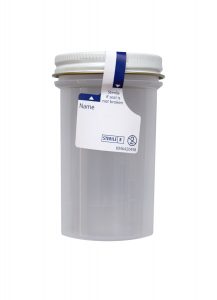Special Communication
Changes to Lp-PLA2 Activity Reference Ranges
Changes to Reference Ranges
Lp-PLA2 Activity (PLAA2)
Goal (Optimum)
0 – 99 Years:
≤ 123 nmol/min/mL
High-Risk
0 – 99 Years:
> 123 nmol/min/mL
Any additional information will be included in a future Technical Update. If you have any questions about these changes, please contact Client Services for assistance.








